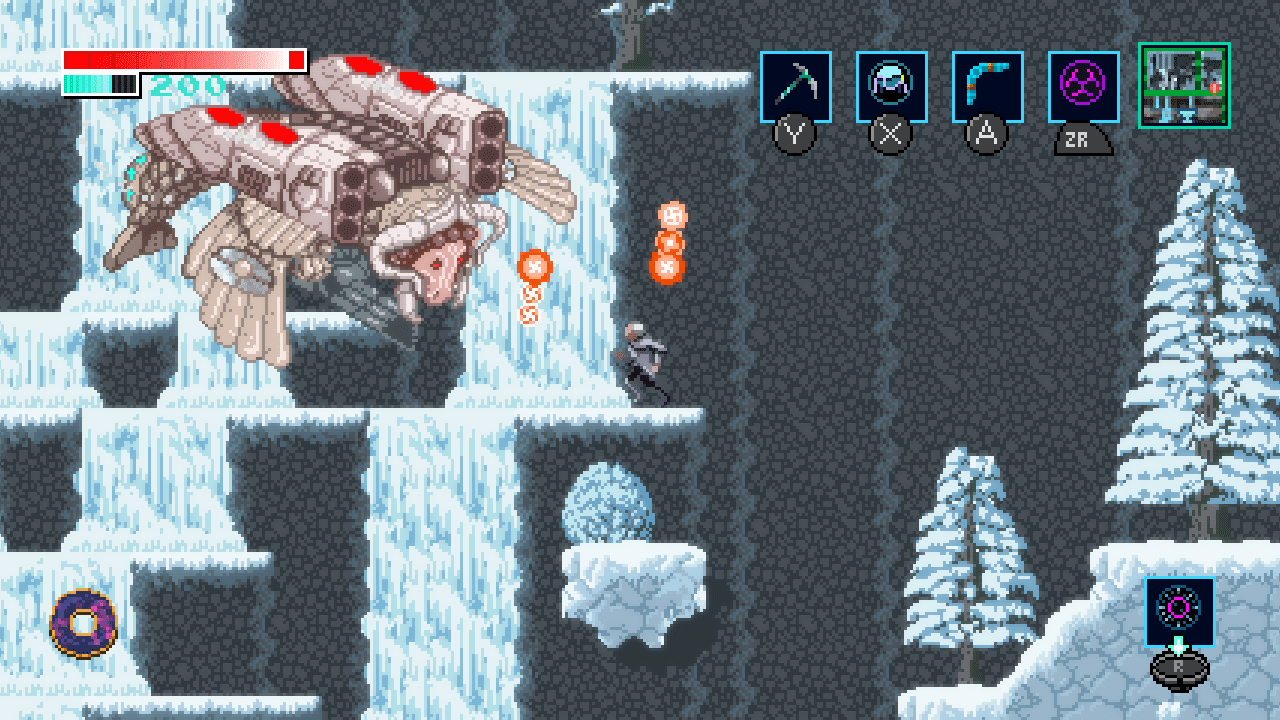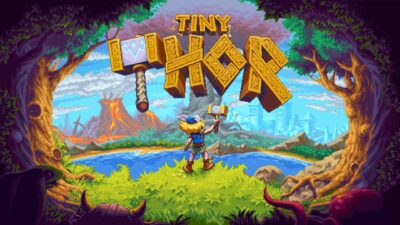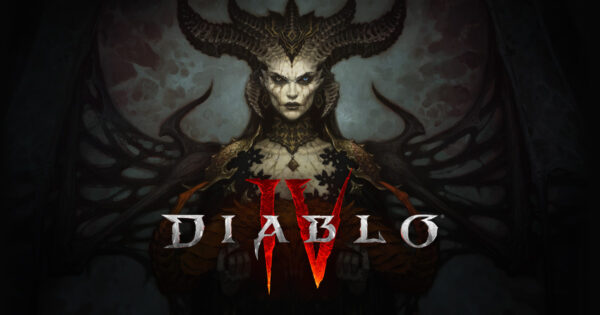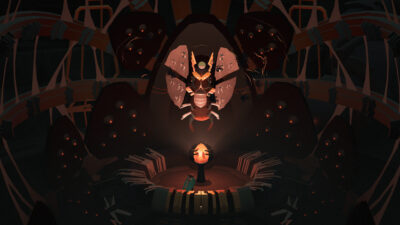
Lone developer Thomas Happ crafts his alien worlds with palpable glee. It’s easy to imagine him hunched over his computer, happily pushing pixels about until his surreal, unfeasibly detailed landscapes begin to shimmer back out of the screen.
In Axiom Verge 2, there’s a moment where a great crested grebe floats serenely over the surface of a lake. It’s the kind of incidental detail that makes me smile each time I see it; Axiom Verge 2 would’ve been fine without a grebe in it, but it’s emblematic of a game made with infinite care and passion.
Certainly, Axiom Verge 2’s world is vastly different from the Giger-inspired murk of its predecessor. Where Happ’s breakthrough original was all benighted atriums and pulsating, biomechanical monsters – with more than a passing nod to Metroid – the sequel offers far more variety. Icy tundra quickly give way to abandoned ruins; networks of caves are distantly connected to submerged temples. It really gives Happ a chance to stretch his design skills further, and the new world he’s created here is a pleasure to explore – at least for the most part. More on that later.
Mechanically, Axiom Verge 2 is a logical extension of the first game. Even as it puts you in the shoes of a new protagonist – the somewhat severe industrialist-genius-type, Indra Chaudhari – and beams you into another hazard-filled parallel universe, the scaffolding underneath the sequel is broadly the same. You run and jump around, acquire abilities that unlock new areas, which in turn lead to other new abilities that unlock still other new areas. It’s like peeling the layers off an onion, but with the rule that you need to acquire a slightly different peeler for each bit of skin you want to remove.
Those powers really are neat, though: you can hack into devices and mechanical enemies to variously open and close them, turn them on and off, or switch them from irksome death-cannons to loyal companions. There’s a robotic, crab-like creature you can cast and send scuttling into tight spaces to activate switches and so forth; there’s a similar idea in the first game, but it’s taken a step further here, with an entire separate layer of existence – a lo-res place called the Breach – that can only be explored with your crab-robot. Everything’s upgradeable, too, sometimes to a captivating degree; eventually, your crab-robot will acquire the ability to ping itself into the air with a snap of its stretchy arm, like a slingshot.

Moving around underwater is slow going at first, but you’ll soon nab an upgrade that makes traversing the depths far snappier.
Happ keeps the pace brisk, especially in the campaign’s first couple of hours, which allows you to rapidly build your abilities from basic attacks to climbing, faster underwater movement, and more besides.
Your mileage may vary when it comes to the combat. Repeatedly battering enemies with an axe or boomerang doesn’t feel quite as satisfying, at least for this writer, as the array of meaty guns Happ assembled for the first Axiom Verge. Nor are the rank-and-file enemies themselves much of an upgrade: mostly, they’re small, drone-like things that attack on sight and won’t leave you alone until they’ve killed you or you’ve beaten them into tin foil. One particular enemy – a clockwork owl that hovers in the air, pelting you with energy-sapping ordnance – is frankly annoying.
Much better are the larger foes that dot the rutted landscape. These were the most memorable parts of the first game, and while they’re fewer in number in Axiom Verge 2, they have a similar impact here: some of the living statues, mechanical sea-serpents, and other hulking abominations are fascinating to look at and enjoyable to fight, particularly as you use your hacking skills to disable their attacks, giving yourself a handy advantage.
Axiom Verge 2’s map is considerably larger than the first game’s, however, which means these moments of spectacle are more spaced out; this isn’t necessarily a bad thing, especially if you thought Axiom Verge was too short, but the greater expanse also meant there were times where I was left staring at the map and wondering where to go next. Non-player characters and computer terminals will give you clues and coordinates, but if you skip over a line or don’t take down the odd note, it’s easy to lose the narrative thread. There were also occasions where I’d unlocked a new ability, thought, ‘Ooh, I wonder if I can use this back in that earlier part of the map’, trudged all the way to a particular spot, and realised I’d wasted my journey. (Fortunately, you can unlock a fast-travel ability later in the game.)

Axiom Verge 2’s new world, Kiengir, is markedly different from the last game’s, but every bit as striking.
Not that any of this remotely derails the latest dark sci-fi yarn Happ has woven here. Axiom Verge 2 introduces mystery after mystery, gently teasing you into its world of Mesopotamia-inspired architecture and inscrutable, god-like aliens. And once again, as Happ’s ethereal synths wash over you, and his little pixel grebes float serenely across the water, it boggles the mind that such an immersive, absorbing game was made by just one person.
Highlight
Happ gets the feel of his jumping and climbing so spot-on, it’s easy to overlook how perfectly judged it is. From the very beginning, where she can barely jump over a crate, to the increasingly outlandish powers she acquires later on, Indra is never less than a joy to control.
Verdict: 76%
An imperfect yet absorbing sequel made with evident care and attention.
Genre: Metroid-‘em-up
Format: PC (reviewed) / PS4 / PS5 / Switch
Developer: Thomas Happ Games
Publisher: Thomas Happ Games
Price: £16.19
Release: Out now
Social: @AxiomVerge





